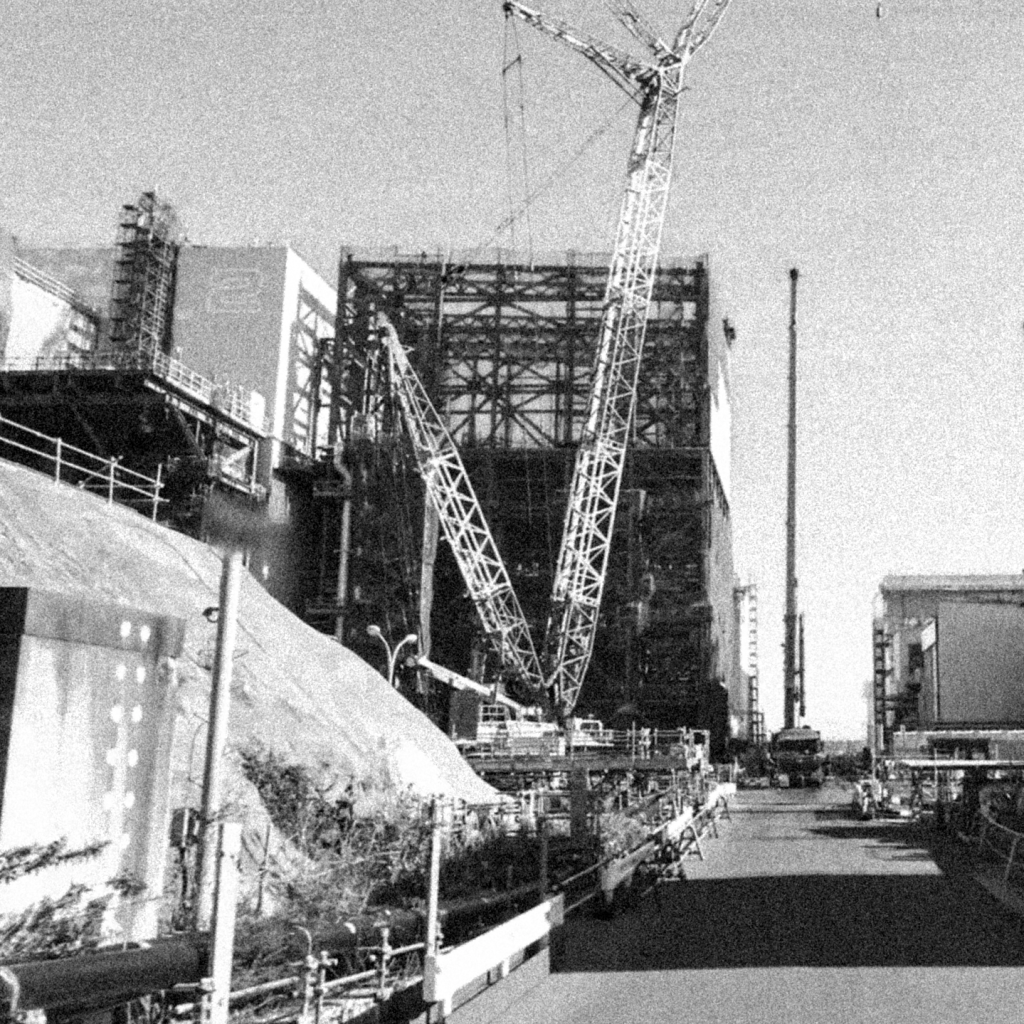As a technical safety expert, there must have been times when you are asked to review instrument data sheets of on-off valves and express your requirements upon protective measures against Design Accident Loads or point out your views upon their sitting location. In this article we review the industry practice and the respective requirements.
Emergency shutdown valves, as deduced by their name, are actuated on-off valves handling a hazardous fluid or a fluid having an essential function and are remotely operated by the facility ESD system upon an emergency shutdown situation. Their isolating function necessitates a fail-to-close design and they are typically located at:
- the limit of an escalation area (formerly known as fire zone)
- within an escalation area (formerly known as fire zone) to limit inventory in isolatable sections
- fuel distribution points to fired equipment
Above definition from TotalEnergies general engineering specifications [1][2][3], fits into the similar EBV Type D defined by API 553 [4] as it defines an emergency block valve type D to be a block valve with remote controls, designed to control a hazardous incident by stopping the uncontrolled release of flammable or toxic materials.
API 553 [4] requires these valves to be fire-safe as mentions SIS valves in hydrocarbon service should either be fire safe per API 607 (soft-seated valves), API 608 (metal seated valves), API 6FA or be located in a fire safe area. This inherently safe design is a metallurgical feature of parts of the valve to survive a fire. Ref. [3] however, mandates such provision for all valves fitting into the above definition.
With the above in mind, an ESDV facing an accident load such as a 20 kW/m2 radiation flux must serve as required, as its body parts would survive the load and its presumably dead actuator leaves it to its fail-safe position. For this very reason, ref [3] mandates safety valves exposed to fire or explosion to have spring return actuators and then discusses that spring-return actuators do not require, unless defined otherwise by risk analysis, any fire or blast protection.
Long story short, fireproofing jackets or similar protective measures to ESDV actuators are more of an asset protection rather than a safety measure since the valve would serve its intent without the fireproofing.
Careful note shall be given to the fact that for a mitigative isolation function to succeed, the ESDV outboard connecting piping shall survive as well. This may be achieved via location, design or protection.
References:
[1] GS EP SAF 253 (2016): Impacted, restricted areas and fire zones
[2] GS-GR-HSE-301 (2022): Layout Principles
[3] GS EP SAF 261 (2012): Emergency Shutdown and Emergency De-Pressurization (ESD & EDP)
[4] API 553 (2012): Refinery Valves and Accessories for Control and Safety Instrumented Systems





